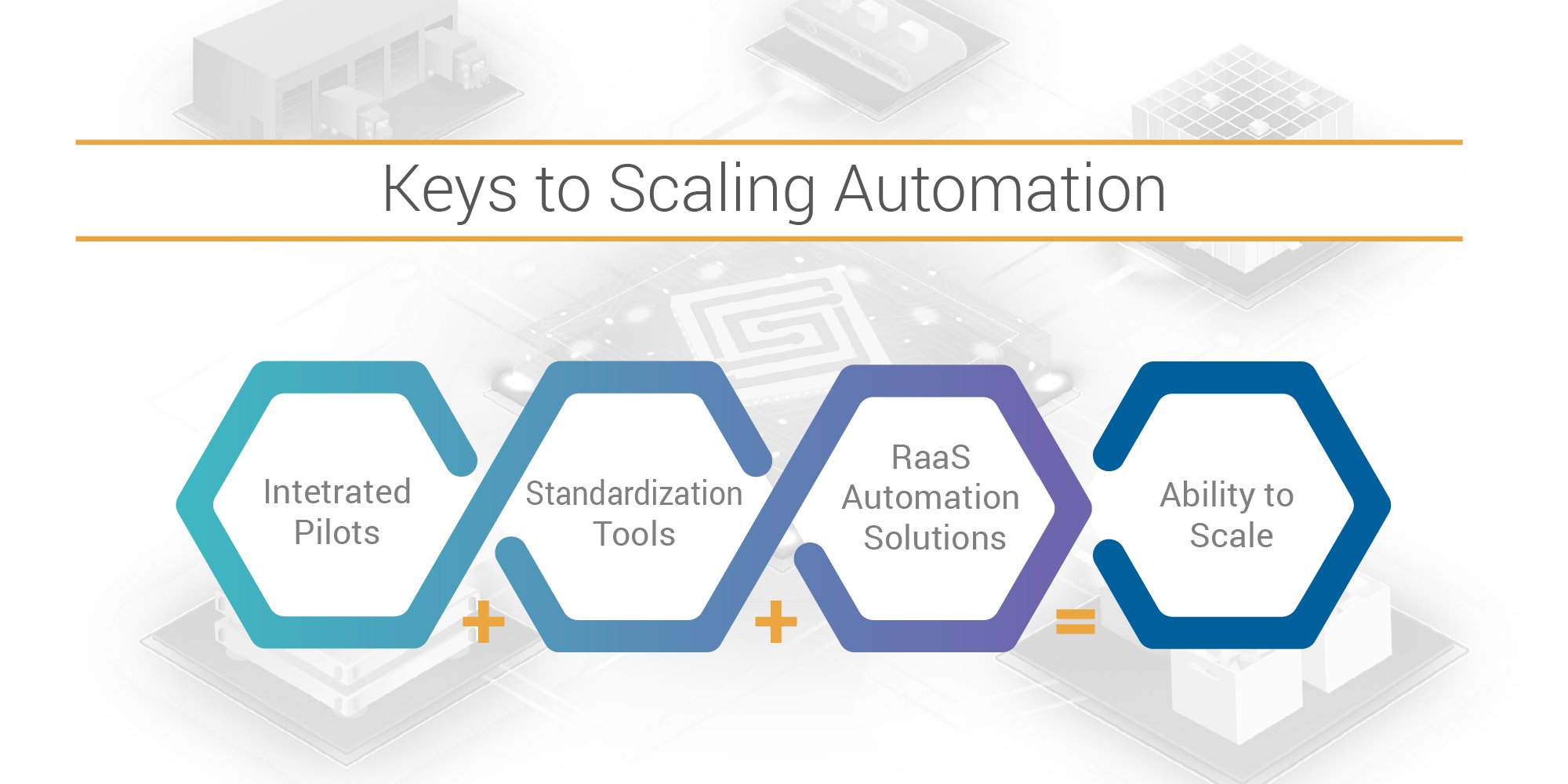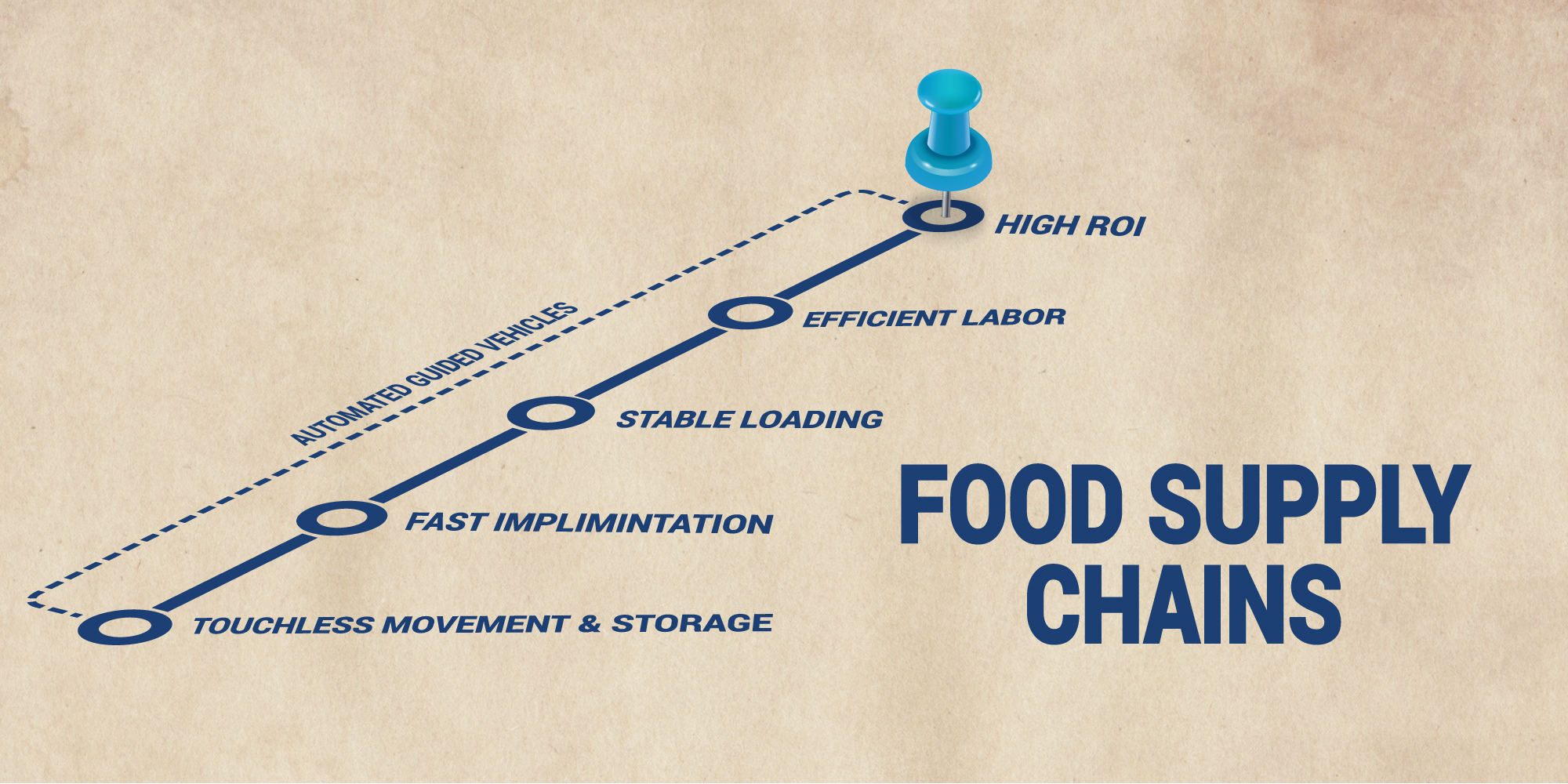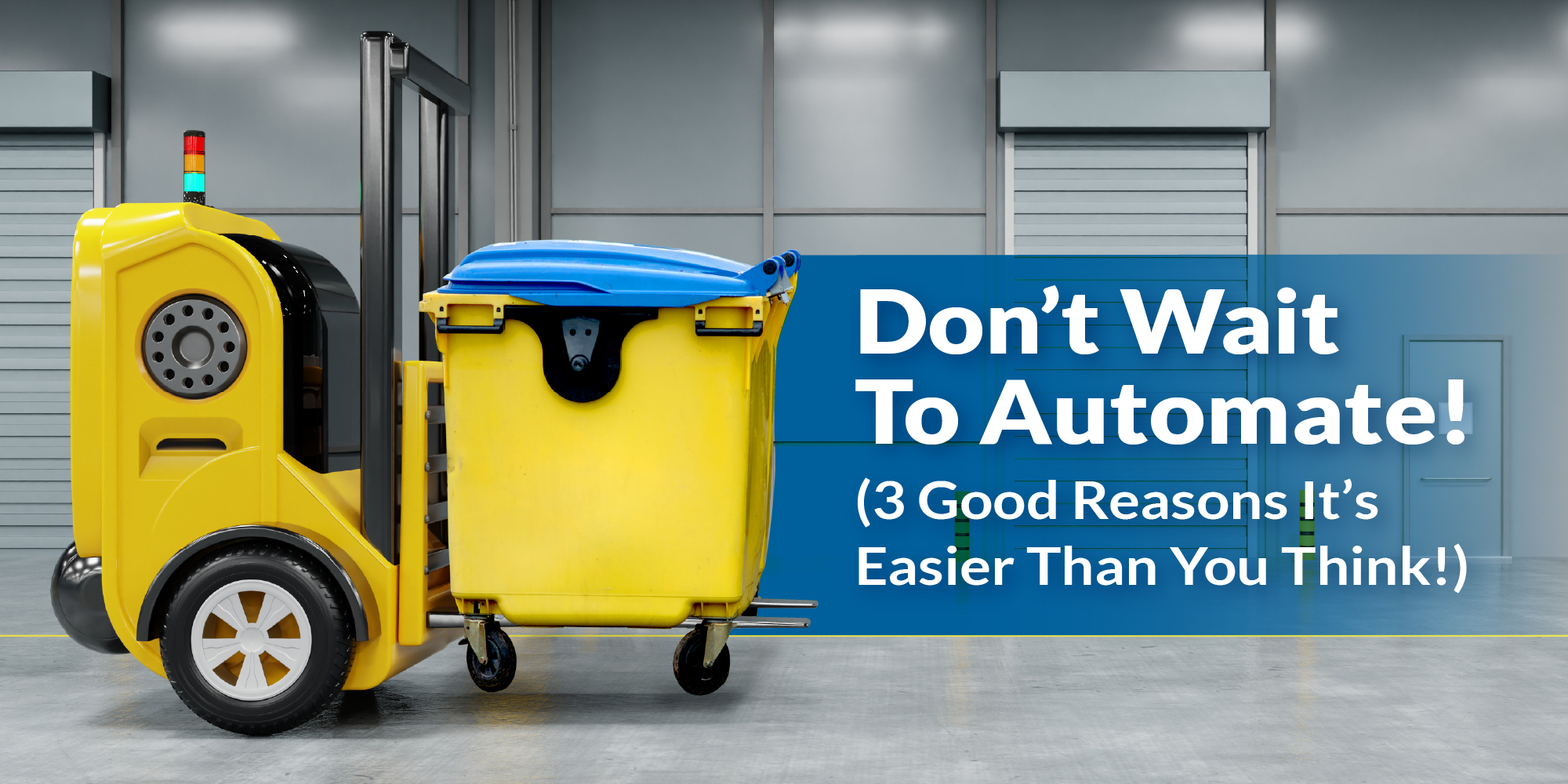Before early 2020, developing your business plan to match current demands and future growth was a pretty straightforward task. You were probably confident in forecasting both.
But now, predicting with any certainty what supply chains and consumer behavior will look like in 48, 24, or even 6 months is virtually impossible in this post-pandemic landscape. As a result, companies can no longer simply optimize their warehouses with static and inflexible automation or temporary labor. Instead, they must shore up their supply chain with highly adaptable solutions that make it possible to adjust - on a dime - what they ship and how they ship it. Flexibility is undoubtedly key.
But that new reality bumps up against the historical norm that investing in robotics is high-risk and too costly. Companies able to move beyond that challenge must still confidently determine which automation technology is the best fit. And how to be sure they are selecting the optimal solution.
It comes down to speed and interoperability.
Pilot Purgatory: a Thing of the Past
Historically, when selecting automation, it was common to pilot a technology to reduce the risk associated with improper selection. But piloting technology takes calendar time and it can also be a slow death for many great solutions. It’s been easy to get a couple of robots installed in your facility, but in many cases it was cost prohibitive in resources or dollars to integrate the solution into your existing system. Non-integrated pilots, however, don't test the total outcome of the system, and a lot of fidelity is lost.
For one, it's difficult to prove the business case for a new solution when human efforts might be throwing off the data or limiting the size of the data for AI to optimize robotic tasking. If not integrated, someone must still tell the machine when to start a task and oversee the steps in the workflow. If one person keys in something incorrectly or is pulled into another task, the data will show the automation performing at a lower efficacy than it's capable of. When shared with the company board, who is likely deciding whether to convert the pilot to a full deployment, that inaccurate data could be the difference between automation adoption and abandonment. Ultimately, they might base their final decision on the known historical capability to simply add labor rather than the most appropriate technology for their product and distribution model.
The SOFTBOT Platform radically changes the way automation solutions can be piloted and utilized, as the technologies are pre-built into the standard integrations of the platform. That means it's possible to test fully integrated robotics in the time it takes to deliver the hardware, and without custom code. Even if tested in an innovation center or pilot area, the workflow results will reflect precisely how the technology will perform when integrated alongside other technologies in the existing warehouse. That backbone of flexibility enables companies to test a range of solutions—based on geography or available technology, including different user interfaces, pickers, AGVs, or drones.
There's no more worry about whether someone effectively keyed the orders or keyed them accurately and on time, because it can be controlled as a fully integrated solution that fully validates your pilot. Then it's just a matter of scale.
Vital Standardization Tools
Years ago, the electronics industry began utilizing HDMI cables as a simple, reliable way to allow devices across manufacturers to work together seamlessly. Regardless of whether you had an LG TV with a Sony PlayStation and a Bose soundbar, the various tech from different companies could all communicate immediately and effectively with one another because of the standardized HDMI connection.
In the material handling automation space, similar interoperability issues arise when you want to connect one piece of automation to another robot or an enterprise application. The robotics marketplace continues to grow with companies across the globe developing innovative automation, each designed to perform a specific function. Lacking any standardized integration capability, connecting those technologies can cost months, and sometimes hundreds of thousands of dollars, and highlights the critical importance of interoperability. In robotics, just as in electronics, no one wants to be hamstrung into buying a Sony TV because they've already bought a Sony receiver.
Ultimately, what the industry needs is an HDMI-level of flexibility with normalized data so you can pilot technology, get proof of concept, validate a business case, and then scale across your entire supply chain with potentially different sub-suppliers providing similar applications. That level of standardization is possible with the SOFTBOT™ Platform.
Once your enterprise system is connected, it can communicate seamlessly with the other technologies on the platform without code development. That capability helps to answer a multi-faceted issue that many companies face: there's a lot of great tech out there, but they don't know what they need because the supply chain, consumer demand, and the way we receive goods and services is changing so rapidly. And forget being able to forecast for the future accurately. Now, by removing the piloting hurdles through our standardized integration software, companies can more easily experiment to determine which robotics technologies they need, and they can do it with much smaller investments of time and resources.
Affordable and Timely Robotics Leasing
Many robot OEMs are changing their sales models. Instead of requiring payment upfront for a bot, a manufacturer might offer Robots as a Service (RaaS), charging customers a monthly fee to lease the robot, often with a commitment to sign on for a minimum number of months. That makes the cost of adoption only a fraction of what it used to be, and it introduces essential flexibility into the user/supplier relationship. For a RaaS customer that's leasing AMRs from a robotics company for warehouse picking, for example, a volume spike over the holidays might simply require leasing more vehicles for however long is necessary. Increasing the capacity of your supply chain can be accomplished with about three hours of labor and one calendar week of shipping and installation. Are you able to staff a fully-trained resource that consistently performs at expected results in under a week? Combining the instant interoperability of the SOFTBOT Platform with RaaS automation solutions enables supply chains to adjust capacity in just days. The cost of bringing on the additional automation is a fraction of what it would've cost to purchase bots or even higher temporary labor.
It's Finally Possible to Get Creative
In addition to the SOFTBOT Platform eliminating both time spent on custom coding and worry about how the automation will work once deployed, the greatest long-term benefit of using a pre-integrated resource is perhaps the freedom this offers engineers. At long last, they can get truly creative with finding a customized solution, or solutions, that will fit their needs in the best way right now. The thousands of solutions on the SOFTBOT Platform can be connected and configured to work with one another with literal drag-and-drop ease. That means a wide range of technologies can be combined and tested on the spot. As an example, say a systems engineer wants to see if an AMR can work, through voice controls, with a conveyor they already have and a palletizer they're also considering — they can. Quickly. And without coding anything. If business changes and a company needs to capture serial numbers when picking, they can switch to vision-based picking, just like that. Where historically companies were afraid to take that leap because they didn't want to rewrite the integration, they now have the flexibility because it works through a standardized interface just like an HDMI cable does for electronics. The data is roughly the same—it's a bit and a byte—but they all communicate a little differently. We've normalized it so companies can create their solutions because they all connect to one platform.
Flexibility and freedom of choice when selecting automation aren't due to just one thing. RaaS, standardized integration platforms, and the creative solutions possible by taking full advantage of both are changing everything. It’s now possible for companies to dive headlong, explore the latest robotics technology out there, respond rapidly to shifting demands, and decide with greater confidence to invest in solutions suited to their specific needs.






